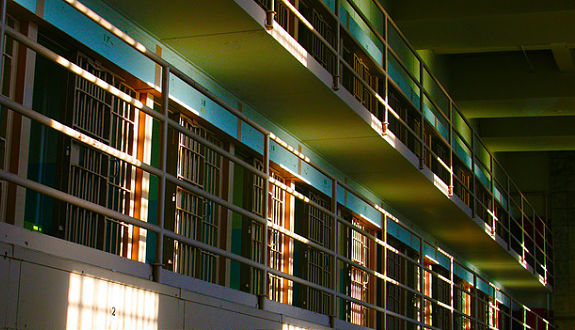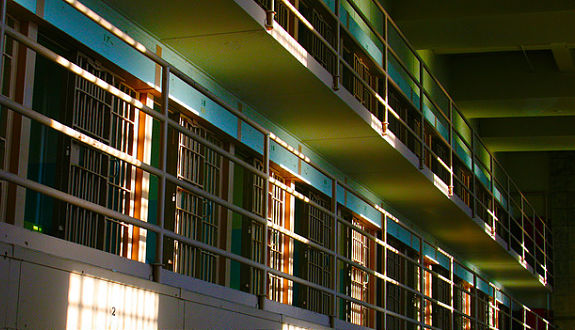Want Your Vote to Count More? Move Next to a Prison.
- by
- Jul 16, 2016
- News, Politics
- Reviewed by: Matt Riley


There are many strange elements to the laws governing America’s prisons, which incarcerate more people (by percentage and raw number) than any other country in the world. One of the less-discussed is how those prison populations affect voting rights.
Electoral districts are drawn using the Census, which counts the prison population as residents of whichever district the prison is in. States vary in how they grant voting rights to people after they serve their term, but no place allows prisoners to vote. That means that the people who live in a district with a prison in it get to vote as though their district contained hundreds more people than it actually does. These skews are called prison-based gerrymandering.
Prison-based gerrymandering creates the worst disparities at the local level, where districts are comparatively smaller. The most severe example of prison-based gerrymandering in the country is in Anamosa, Iowa: each City Council ward has 1,370 people. But one of those wards is filled with 1,321 prisoners, which means that 58 lucky ducks have the voting power of 1,370.
Several people have suggested a change to Census rules to eliminate this problem: count prisoners as part of the population in their home districts. New York and Maryland have already started doing that for redistricting purposes. But if the Census rule is changed, it would eliminate prison-based gerrymandering nationwide.
Until there is some change like that, prison-based gerrymandering has the effect of enhancing the voting power of the rural, mostly white communities where prisons are located at the expense of the urban, mostly black and brown communities where the majority of prisoners come from. For example, in Illinois (where I helped write a report on minority voting rights), 60% of the prison population comes from Cook County (which includes Chicago), but 99% of the prison population is housed and counted in the rural districts outside of Cook County. If those people were counted in Cook County, the residents of that county would have more representation because you would have enough population to draw additional districts.
If you want to learn more about prison-based gerrymandering and the proposed solutions, check out the Prison Policy Initiative, one of the organizations leading the charge on this issue.
Search the Blog

Free LSAT Practice Account
Sign up for a free Blueprint LSAT account and get access to a free trial of the Self-Paced Course and a free practice LSAT with a detailed score report, mind-blowing analytics, and explanatory videos.
Learn More
Popular Posts
-
logic games Game Over: LSAC Says Farewell to Logic Games
-
General LSAT Advice How to Get a 180 on the LSAT
-
Entertainment Revisiting Elle's LSAT Journey from Legally Blonde








